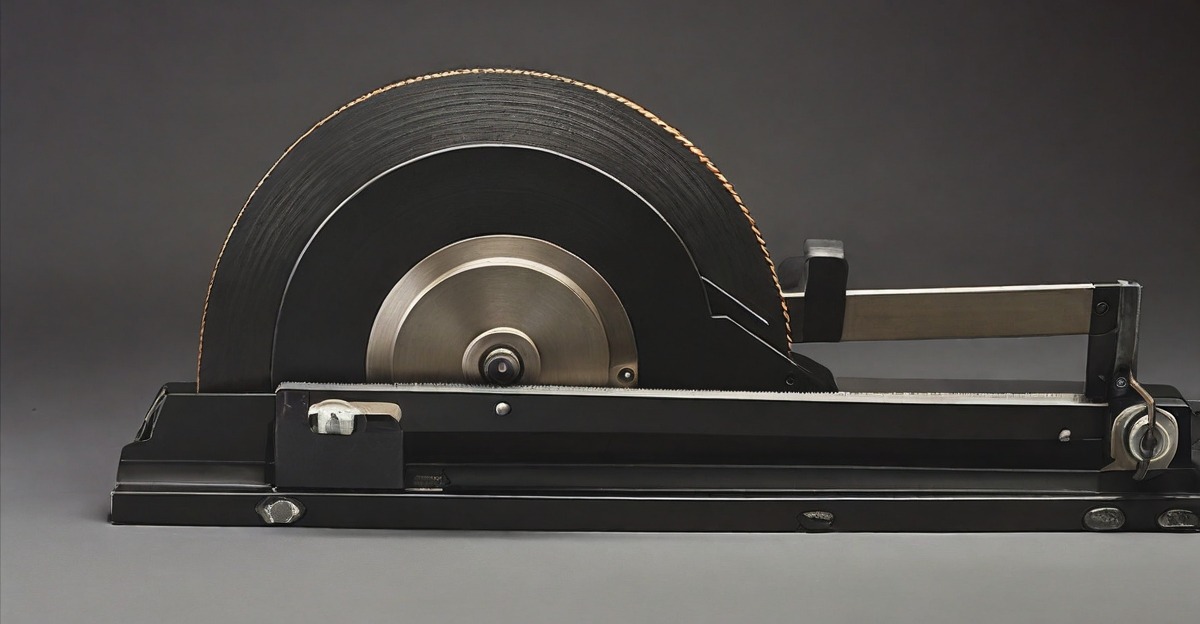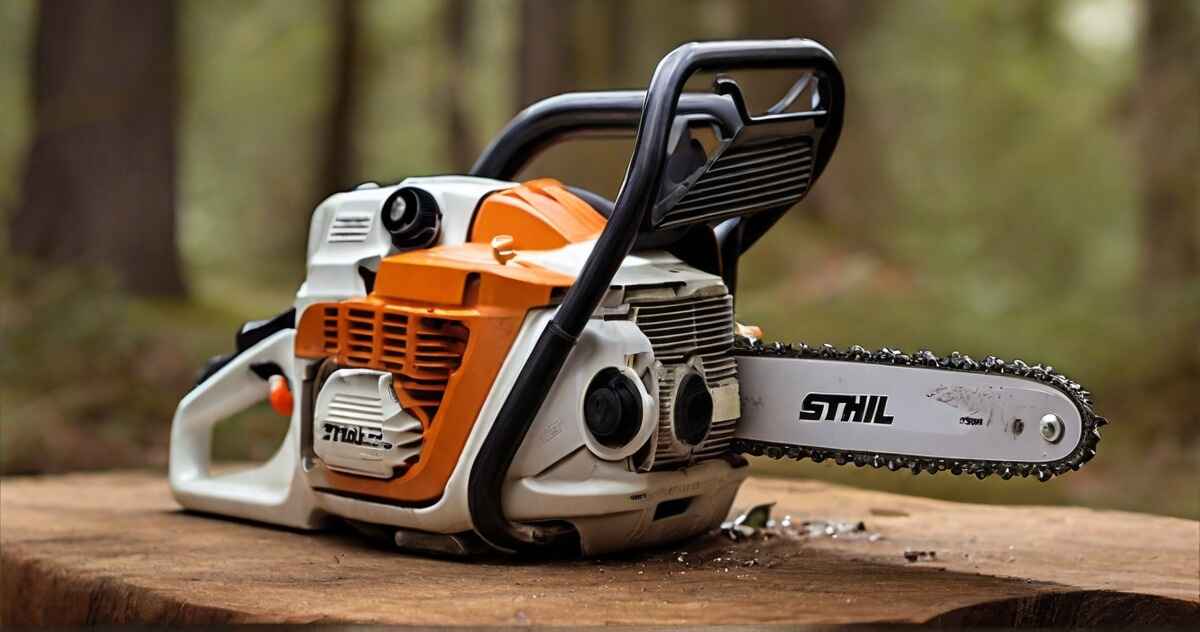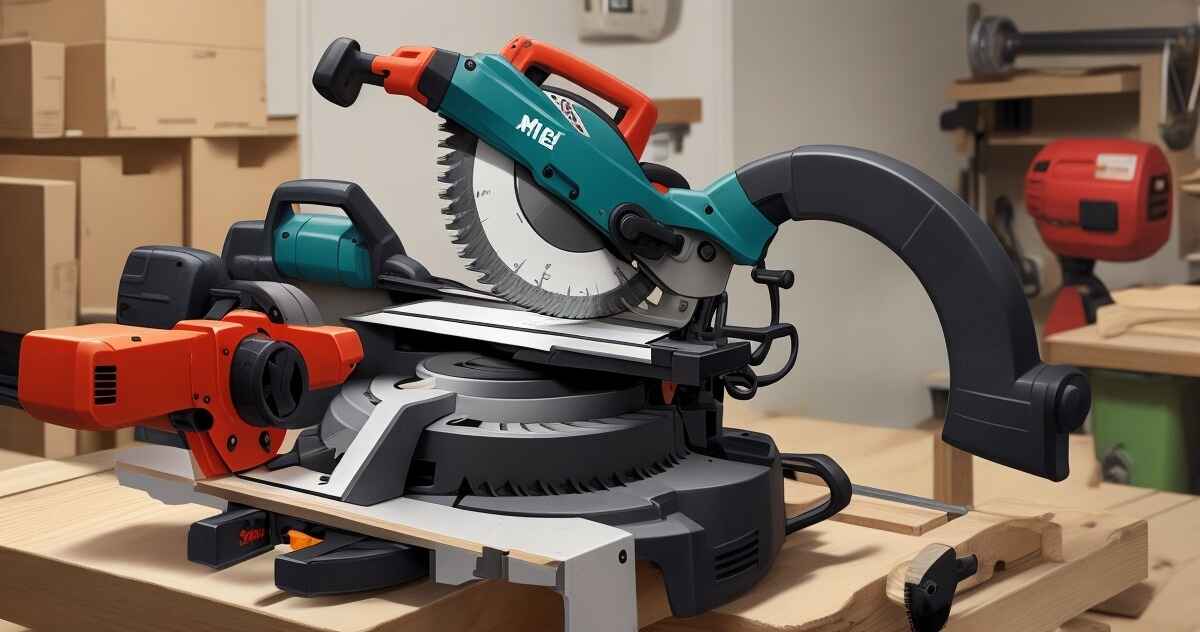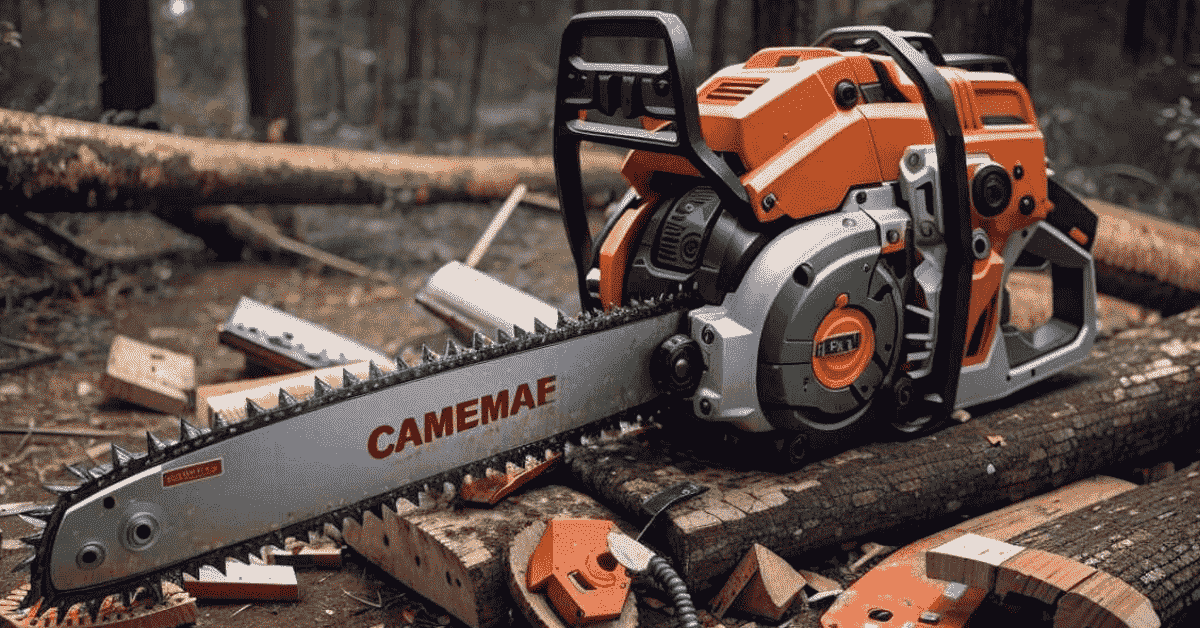Friction saws are precision and efficient tools used in the metalworking and fabrication industries. It creates heat, softens, or melts materials, giving you clean, accurate cuts. These saws reduce material waste and streamline manufacturing processes. Different types are available, each tailored to different applications. High-quality cuts and adaptability make them popular in industries requiring intricate cutting. Friction has, therefore, proven to be a great cutting method. Among all the saws, reciprocating saws stand out because each has its own teeth and cutting technique. Reciprocate saws grind their way through tough materials relentlessly, generating heat and pulverizing them. Due to its unique approach, it can handle tough materials and challenging situations. The question is, how does it work, and what makes it the king of friction cutting?
The Anatomy of Friction: A Blade in Constant Motion
Reciprocal saws have a secret weapon in their blades. A circular saw blade dances, but a miter saw blade doesn’t. With a motor, it lunges forward and backward. Feel the warmth as you rub your hands together.
This friction-based attack is also designed into the blade. Instead of slicing, teeth usually grip. Concrete, wood, and metal can’t stand up to it.
The Contenders: A Parade of Saws
Each one is a champion in its own field. We’re not here to clash blades but to celebrate their individuality. Take a look at the variety of forms and materials of these saws.
- The Reciprocating saw: With friction power, it rips and chews. This titan tackles the rugged and the stubborn, devouring wood, metal, and even concrete with insatiable hunger.
- The Circular saw: it’s like a whirling dervish. It slices through materials with the precision of a ballerina. Wood surrenders to its whisper and pipes to its kiss.
- The Miter saw: The master of angles is here. The elegant throat guides blades for perfect miters and bevels. Joinery masterpieces are born from raw lumber trembling before its might.
- The Jigsaw: Master of Curves Knives whisper secrets to plywood and bid farewell to branches. Where others fear to tread, it sculpts shapes.
- The hacksaw: It’s small, but it’s heart’s a furnace. We use grit and determination to conquer pipes and metals. There’s more to sawing prowess than just size.
- The bandsaw: This is an endless steel serpent. It makes veneers, curves, and resawns easy. It makes the most of every inch of its blade.
Each saw is a champion. A reciprocating saw is as versatile as they come. Circular saws are precision machines. A miter saw an angel emperor. Jigsaws are jesters of curves. Hacksaws are knights of small miracles. The bandsaw is a wise old wood wizard.
Don’t forget this parade next time you grab a saw. Every cut is a chance to admire these steel-toothed heroes.
Declaring the Victor: The Friction King
Sawdust is dancing, dust is in the air, and the parade is over. They are the kings of friction and masters of abrasion.
The Reciprocating Saw Rises:
- Recap how it conquers diverse materials with friction.
- Bring out its versatility, control, and raw power.
- Recognize its limitations (precision, fine cuts).
Recognizing the specialists:
- Gratitude for circular saws’ efficiency and miter saws’ precision
- As opposed to reciprocating saws, they rely less on friction.
Unique applications of a reciprocating saw
A reciprocating saw can do a lot more than chop up rubble. It’s often thought of as a demolition machine. He’s a sculptor, a whisperer, and even a chef.
- Metalworking Whisperer: Beware of its woodsy exterior. Bi-metal blades turn the reciprocating saw into a metal whisperer. Even rebar falls silent before its bite. For precise, burr-free cuts, this tool leaves smooth edges and no sparks.
- Garden Guru Unleashed: Overgrown branches? Thick roots? Stubborn hedges? Reciprocating saws are your green-thumbed friends. Compact and maneuverable, it tackles even the toughest woody foes. This saw does it all pruning, trimming, and shaping.
- Underwater Architect: Want to cut underwater? The right reciprocating saw can be a scuba diver’s secret weapon. Even boat propellers succumb to its friction-fueled dance. Imagine slicing through kelp forests and sculpting coral reefs with it.
- The Culinary Conquering Kingpin: Beware of this friction fighter! The bone-cutting blade makes it a kitchen kingpin. Frozen roasts? cracks open easily. Tough shells? shattering into submission. Frozen fish? Served sushi-ready. Chefs who embrace friction in their cooking will appreciate this saw.
The reciprocating saw can do a lot more than this. Watch it, and you’ll never know what it can do. An underwater architect, an ice sculptor, a metal whisperer, a garden guru Let the reciprocating saw surprise you with its unexpected versatility.
Highlight the unique advantages of friction-based cutting.
Some saws use friction instead of teeth to cut through materials. There are a lot of situations where reciprocal saws come through. Take a look at friction cutting’s hidden benefits:
- Unmatched Versatility: Friction-based cutting thrives on diversity, unlike saws. Even concrete and masonry are no match for its relentless rubbing action. Friction is great for cutting logs, handling pipes, and pruning thick branches.
- Surprising Control: Friction has a lot of power. This method gives you a lot of control. Blades that remain in constant contact with the material let you maneuver delicately. Sculpting with friction is impossible with mere slicing.
- Powerhouse Performance: Friction delivers when it counts. When you grind constantly, you weaken the material, and the saw chews through thick stuff. Even in emergency rescue operations, every inch matters.
- Self-Sharpening Efficiency: Friction-based cutting is often self-sharpening, unlike blades. As the blade abrades against the material, its edge stays sharp. Your productivity goes up because you don’t have to change blades as often.
- Minimal Environmental Impact: Friction-based cutting is kinder to the environment. Reduced use of sharp teeth and brute force means cleaner cuts. Because of this, it’s a good choice for sustainable projects.
These are just a few reasons why friction-based cutting is so powerful. Not always the sharpest or strongest solutions work best.
Friction fighters offer versatility, control, raw power, and even self-sharpening magic. One rub at a time, it’s ready to take on anything.
Beyond Friction: A Saw with a Bite
Reciprocating saws aren’t just about friction. Blade designs often include features that make cutting easier, such as:
- Progressive Teeth: As they grow, they can reach deeper.
- Variable Tooth Pitch: To maximize cutting efficiency, different materials require different tooth pitches.
- Bi-directional Teeth: Blades with bi-directional teeth minimize stalling and maximize friction.
Reciprocating saws have all of these features, plus the raw power of friction.
FAQ
Are friction saws suitable for cutting materials other than metals?
Friction saws can cut metals and plastics, but their effectiveness varies.
How do friction saws differ from traditional saws?
Friction saws generate heat through friction instead of sharp edges to facilitate cutting.
What safety measures should be considered when using friction saws?
You need safety goggles, gloves, and training. Make sure the saw is maintained and the work area is clean.
Can friction saws be used for curved cuts?
Because of their design and cutting mechanism, friction saws are best for straight cuts.
Conclusion
Friction saws are precise, efficient, and versatile. The Industrial Revolution started with frictional heat. Friction saws will keep growing to meet evolving demands. Material processing and manufacturing depend on them. Now you can cut and process materials like never before. By knowing this information it would be pretty easy to select the exact one which is cut by friction.




